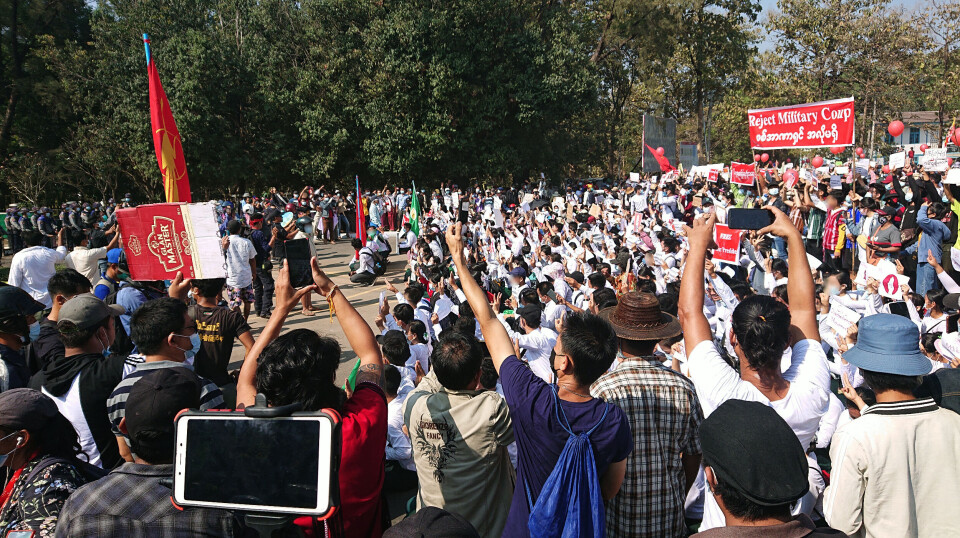THIS CONTENT IS BROUGHT TO YOU by the Peace Research Institute Oslo (prio) - READ MORE

Over 6,000 civilians have been killed in Myanmar since the coup. This is significantly higher than previously reported
“Our data shows that the human toll of the conflict is higher than previously reported," Professor Stein Tønnesson says.
6,000 is significantly higher than previously reported by international bodies, including the United Nations.
"While the junta is clearly the main killer, anti-junta forces also have large amounts of blood on their hands,” Stein Tønnesson says.
He is a professor at the Peace Research Institute Oslo (PRIO) and the co-author of this new study.
Targeted political assassinations
The report shows that the Myanmar military, police, and affiliated militia were responsible for over 3,000 reported civilian deaths between 1 February 2021 and 30 September 2022.
In the same 20-month period, anti-coup resistance groups killed over 2,000 civilians, and unspecified perpetrators killed at least 1,000 civilians.
The actual totals are no doubt higher since many killings have likely gone unreported.

In addition, the study found that politically motivated murders, and not collateral killings in connection with armed clashes, constituted the main form of violence against civilians in both urban and rural areas.
This was especially true in regions populated by the ethnic Burman majority, including the two major cities of Yangon and Mandalay.
High risk ov violence in the upcoming election
At least 67 per cent of reported civilian fatalities were politically motivated murders. The four regions of Sagaing, Magway, Mandalay, and Yangon have seen the highest number of civilian deaths due both to the repression in the first six months after the coup, and to targeted political murders in subsequent months.
The military regime plans to hold a general election in the second half of 2023, where the National League for Democracy, which won the elections by a landslide in 2015 and 2020, and other important opposition parties will not be able to partake.
The risk of election-related violence is high. There have already been reports of conflict incidents, and of threats against civil servants working on behalf of the regime's election.
Warns of mass killings
“Civilians in Myanmar are bracing themselves for a steep escalation in violence. There is huge potential for politicide, with large-scale retaliatory killings, if the civil war escalates to a higher level," researcher Min Zaw Oo at PRIO says.
He emphasises that this report should set off alarm bells for the United Nations and the Southeast Asian cooperation organisation ASEAN.
The report recommends that the UN improve its system to observe and document the murder of civilians in Myanmar, regardless of the perpetrators' political affiliation.
This resolution demands the cessation of all violence and encourages restraint and the reduction of tensions. The report also urges all sides to the conflict to begin a dialogue on protecting civilians.
Reference:
Oo, M.Z. & Tønnesson, S. Counting Myanmar's Dead: Reported Civilian Casualties since the 2021 Military Coup, PRIO Paper, 2023.


































